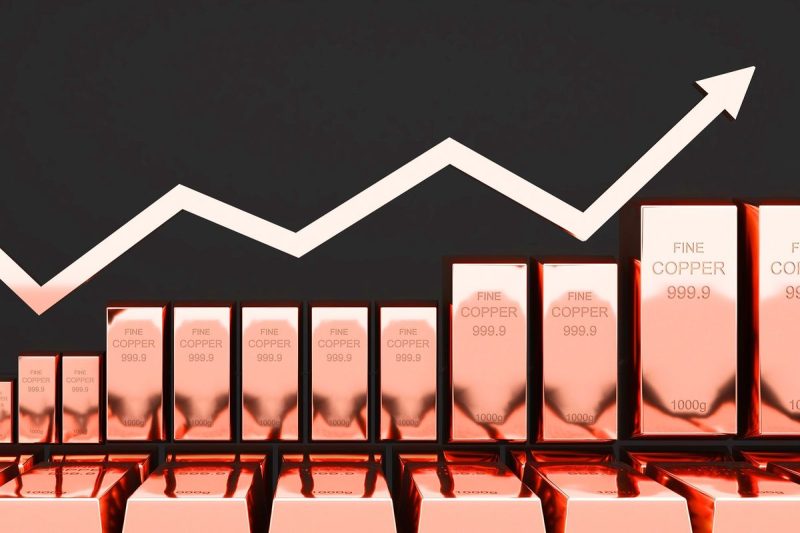When Will Copper Go Up?
Copper, a highly prized and widely used industrial metal, has seen its prices experience a significant decline in recent times. The ongoing pandemic, global economic uncertainties, and fluctuations in supply and demand have all contributed to the downward trend in copper prices. However, many investors and analysts are wondering when copper will go up and if there are any signs of its imminent recovery.
To understand the future prospects of copper, it is crucial to examine the various factors that influence its price movements. One of the key drivers of copper prices is global demand, particularly from countries with emerging economies like China and India. These nations are major consumers of copper due to their robust infrastructure projects and construction activities. As they continue to recover from the pandemic-induced slowdown, the demand for copper is expected to increase, potentially leading to a rise in prices.
Furthermore, economic indicators such as GDP growth and industrial production often have a strong correlation with copper prices. As economies around the world rebound and industries rebound, the demand for copper is likely to surge. This could be particularly true as governments implement stimulus packages to stimulate economic growth, encompassing significant infrastructure development.
Another significant factor affecting copper prices is the supply-side dynamics. Copper production is susceptible to disruptions, such as labor strikes, natural disasters, and disruptions in mining operations. In recent years, copper supply has been relatively stable. However, any unexpected supply shocks could have a considerable impact on prices.
Additionally, the global transition to clean energy sources, such as electric vehicles (EVs) and renewable energy infrastructure, has a direct influence on copper demand. EVs, for instance, require substantially more copper compared to traditional internal combustion engine vehicles. As the adoption of EVs increases, the demand for copper is likely to follow suit, potentially driving up prices.
Furthermore, the geopolitical landscape can also have consequences for the copper market. Trade disputes, geopolitical tensions, and policy changes can disrupt supply chains and impact global trade, ultimately influencing copper prices. Therefore, it is essential for investors and analysts to monitor global political developments that could impact copper prices.
Considering these various factors, it is challenging to provide an exact timeline for when copper will go up. However, experts and market insiders closely monitor these dynamics to determine potential price movements. While the short-term outlook for copper might be uncertain, the long-term prospects appear promising due to increasing demand from emerging economies, infrastructure development projects, and the transition to clean energy.
In conclusion, when copper will go up depends on multiple factors such as global demand, economic indicators, supply-side dynamics, the clean energy transition, and geopolitical developments. As these factors evolve and stabilize, copper prices are likely to recover gradually. Investors and analysts need to keep a close watch on these factors to make informed predictions about the future of copper prices. While it is difficult to provide an exact timeframe, the long-term prospects of copper appear positive, giving hope for a potential boost in its prices in the future.

